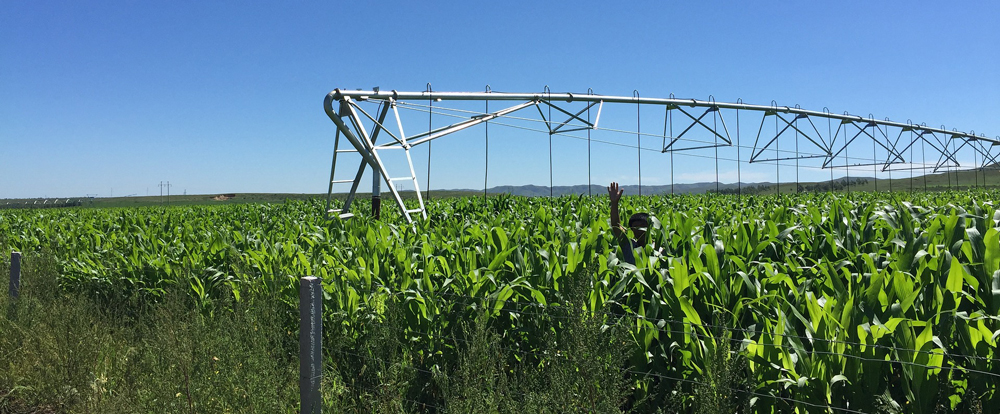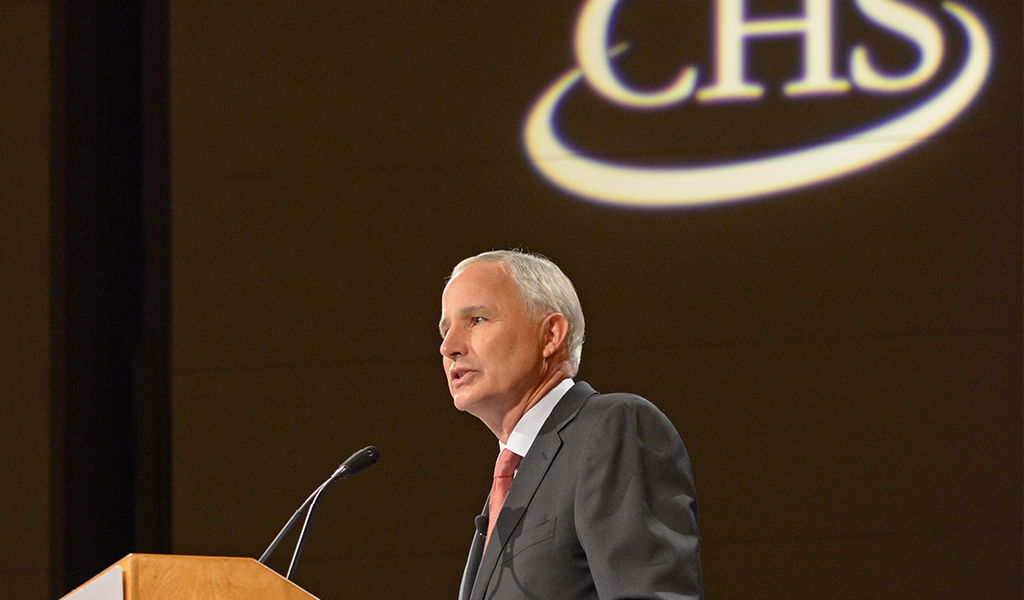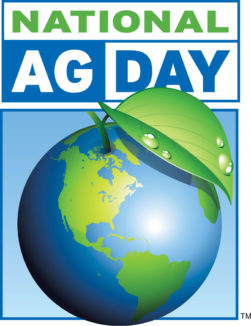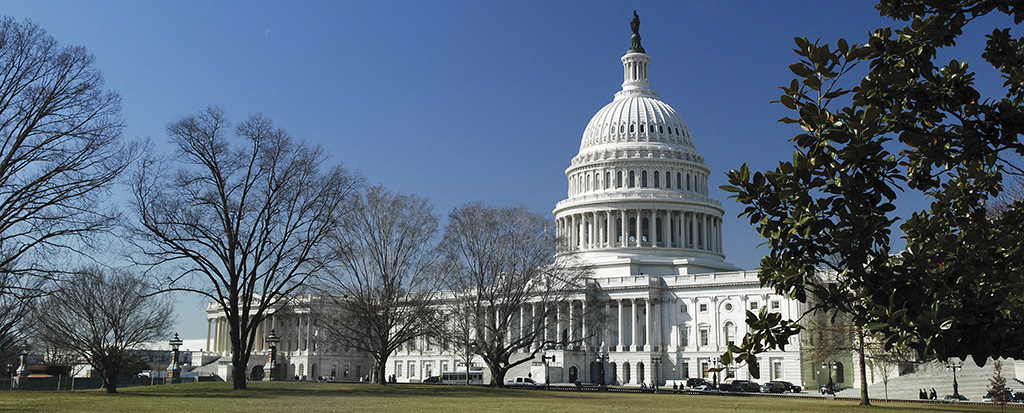 CHS owners elected three new board members and re-elected five others to the CHS Board at the 2017 CHS Annual Meeting Dec. 7-8. The three new board members were (l. to r.): front – Scott Cordes, Wanamingo, Minn., Tracy Jones, Kirkland, Ill., and Russ Kehl, Quincy, Wash.; back – Perry Meyer, New Ulm, Minn., Edward Malesich, Dillon, Mont., Jon Erickson, Minot, N.D., Dan Schurr, LeClaire, Iowa, and C.J. Blew, Castleton, Kan.
CHS owners elected three new board members and re-elected five others to the CHS Board at the 2017 CHS Annual Meeting Dec. 7-8. The three new board members were (l. to r.): front – Scott Cordes, Wanamingo, Minn., Tracy Jones, Kirkland, Ill., and Russ Kehl, Quincy, Wash.; back – Perry Meyer, New Ulm, Minn., Edward Malesich, Dillon, Mont., Jon Erickson, Minot, N.D., Dan Schurr, LeClaire, Iowa, and C.J. Blew, Castleton, Kan.
With a pledge and priority to strengthen relationships in 2018, CHS kicked off its annual cooperative meeting in Minneapolis, Minn., on Dec. 7. The two-day annual meeting was filled with networking, educational sessions, board and management reports, and director elections.
“Strengthen and grow: These words represent so much more than an annual meeting theme. This is a priority that we have. It captures how we will operate our company moving forward,” said CHS Board Chairman Dan Schurr, an Iowa farmer, during the general session.
With approximately 2,200 owners in attendance, Jay Debertin, CHS president and CEO, promised that strengthen and grow, which has been a focus of CHS for 85 years, will continue to be the cooperative’s focus for a long time to come – just as it has been the driving force behind local cooperatives.
The business meeting featured regional caucuses; board, financial and management reports; and company governance with an open question-and-answer session.
In conjunction with the 2017 CHS Annual Meeting, 110 young producers, nominated by cooperative partners in 11 states, attended the CHS New Leaders Forum. Both crop and livestock operations were represented with nearly half (44 percent) managing more than 2,000 acres. Two participants already serve on local cooperative boards and 85 percent of the others expressed interest in serving on a local board in the future.
CHS New Leader Forum participants had the opportunity to network with other future ag leaders, learn about and practice strategies for effective leadership and communication, and learn more about CHS and related businesses.
Find pictures from the 2017 CHS Annual Meeting on the CHS Flickr page, watch video featuring local cooperatives.
2017 officer slate elected
CHS owners elected farmers from Illinois, Minnesota and Washington, and re-elected five other farmers to serve terms as directors of the CHS Board. CHS directors must be full-time farmers or ranchers to be eligible for election to the 17-member board.
Newly elected Director Scott Cordes of Wanamingo, Minn., succeeds Curt Eischens of Minneota, Minn., who had served on the board since 1990. With his brother and nephew, Cordes operates a 1,000-acre corn and soybean farm. He received his bachelor’s degree in agricultural economics from the University of Minnesota and previously served as the president of CHS Hedging.
Newly elected Director Tracy Jones of Kirkland, Ill., succeeds Greg Kruger of Eleva, Wis., who had served on the board since 2008. Jones, who operates a corn, soybean and wheat farm, and also finishes 1,400 head of feedlot cattle annually, has been chairman of the CHS Elburn Producer Board since 2011.
Newly elected Director Russ Kehl of Quincy, Wash., fills the final year of a three-year term previously held by David Bielenberg, who resigned in June 2017. Kehl raises potatoes, dry beans and other crops on a 12,000-acre farm. A director for CHS Connell Grain (now CHS SunBasin Growers) since 2004, Kehl also operates a dry bean processing facility and cow-calf operation.
Re-elected were C.J. Blew, Castleton, Kan.; Jon Erickson, Minot, N.D.; Edward Malesich, Dillon, Mont.; Perry Meyer, New Ulm, Minn., and Dan Schurr, LeClaire, Iowa.
Following the annual meeting, the CHS Board re-elected Schurr to a one-year term as chairman. Other directors selected as officers for 2018 were:
- J. Blew, first vice chairman
- David Johnsrud, Starbuck, Minn., secretary-treasurer
- Jon Erickson, second vice chairman
- Steve Riegel, Ford, Kan., assistant secretary-treasurer



 When people ask CHS Government Affairs staff what it’s like to work as a lobbyist in Washington, D.C., they’re always curious about how the political landscape has changed in recent years. Sarah Gallo, director, CHS Government Affairs, is happy to share anecdotes, but she’d rather discuss how the conversation about agriculture has evolved. Students, farmers and the ag industry will carry that message to Capitol Hill on National Ag Day, to be celebrated March 20 in Washington, D.C., and across the country.
When people ask CHS Government Affairs staff what it’s like to work as a lobbyist in Washington, D.C., they’re always curious about how the political landscape has changed in recent years. Sarah Gallo, director, CHS Government Affairs, is happy to share anecdotes, but she’d rather discuss how the conversation about agriculture has evolved. Students, farmers and the ag industry will carry that message to Capitol Hill on National Ag Day, to be celebrated March 20 in Washington, D.C., and across the country. 


 High school students across the United States are encouraged to share their views about agriculture’s role in a growing world through the 2018 National Ag Day Essay Contest.
High school students across the United States are encouraged to share their views about agriculture’s role in a growing world through the 2018 National Ag Day Essay Contest.
 CHS owners elected three new board members and re-elected five others to the CHS Board at the 2017 CHS Annual Meeting Dec. 7-8. The three new board members were (l. to r.): front – Scott Cordes, Wanamingo, Minn., Tracy Jones, Kirkland, Ill., and Russ Kehl, Quincy, Wash.; back – Perry Meyer, New Ulm, Minn., Edward Malesich, Dillon, Mont., Jon Erickson, Minot, N.D., Dan Schurr, LeClaire, Iowa, and C.J. Blew, Castleton, Kan.
CHS owners elected three new board members and re-elected five others to the CHS Board at the 2017 CHS Annual Meeting Dec. 7-8. The three new board members were (l. to r.): front – Scott Cordes, Wanamingo, Minn., Tracy Jones, Kirkland, Ill., and Russ Kehl, Quincy, Wash.; back – Perry Meyer, New Ulm, Minn., Edward Malesich, Dillon, Mont., Jon Erickson, Minot, N.D., Dan Schurr, LeClaire, Iowa, and C.J. Blew, Castleton, Kan.
